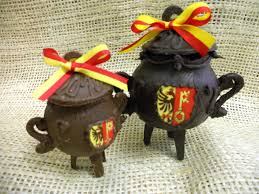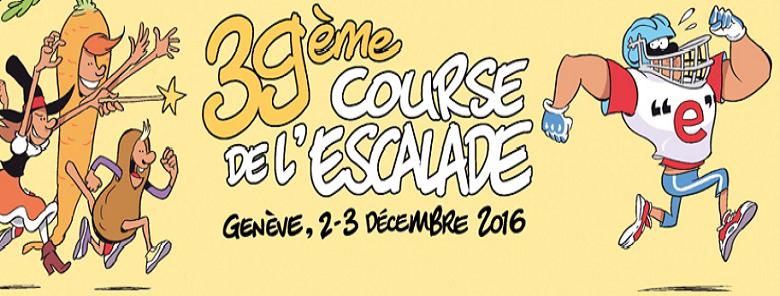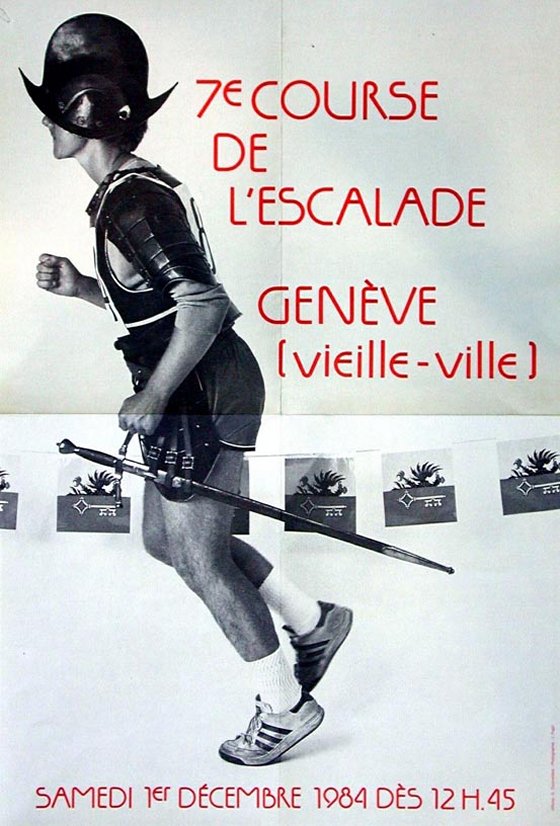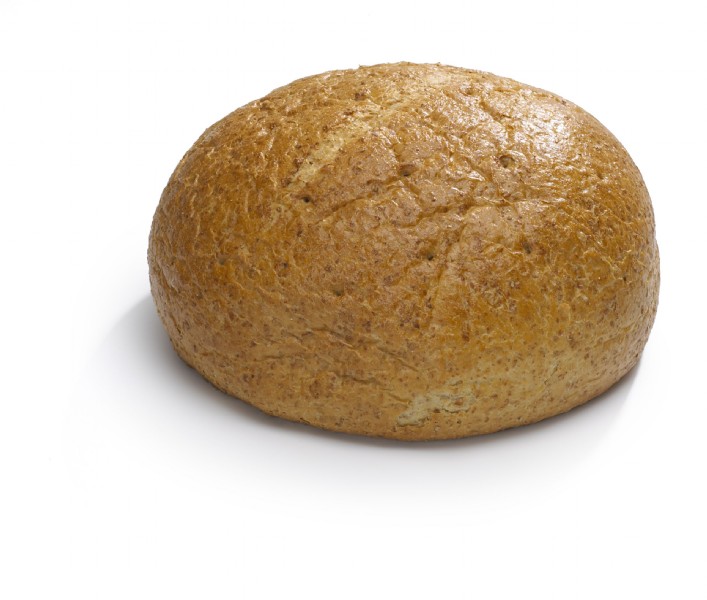
posted by Catriona Seth
One of the most famous characters in Geneva’s folklore is ‘la mère Royaume’. Her feast is celebrated every 12th December, on the anniversary of the republic’s victory against the duke of Savoy in 1602, which is known as ‘l’Escalade’. The name comes from the Savoyards’ attempt to invade Geneva by climbing (‘escalader’) the walls of the city on wooden ladders in the middle of a cold winter night. There was fierce fighting as the Swiss inhabitants, struggling to defend their political and religious freedom, repelled the invaders, many of whom were mercenaries. ‘La mère Royaume’ who was said to be in her sixties, and hailed from Lyons, took a pragmatic approach: she poured a cauldron full of hot soup out of her window onto a Savoyard soldier. Her ‘marmite’ became the stuff of legends—and yes, the marmite you love or hate to have on your breakfast table is called after the French word for cauldron which inspired the shape of its original jar.
In Geneva, hot vegetable soup is served during the ‘Escalade’ festivities; pudding is a chocolate cauldron filled with sweets wrapped in red and yellow, the colours of Geneva, and little marzipan vegetables. It is smashed ceremonially with the following words being repeated by all: ‘Ainsi périrent les ennemis de la République!’, ‘Thus the enemies of the Republic perished!’.
There are serious aspects to the celebrations which many consider to be Geneva’s most important public festivities, like processions to honour the dead of 1602, historical re-enactments or a service of thanksgiving, but one of the best-loved traditions is a recent one: the ‘Course de l’Escalade’ or ‘Escalade race’ which was first run in 1978.  It is hugely popular and, made up in fact of several races according to the distance you want to run, your age etc. It happens in early December and is the largest event of its kind in Switzerland with tens of thousands of men, women and children taking part, some in fancy dress. Doubtless many of those who start when the whistle is blown and they hear ‘A vos marques, prêt, partez!’ (literally ‘on your marks, ready, go!’) and reach the ‘ligne d’arrivée’ or finishing line, want nothing more than to tuck in to a bowl of hot ‘soupe de légumes’ as the onlookers toast their success and the memory of ‘la marmite de la mère Royaume’ whilst reflecting on the irony of ‘Mother Kingdom’s cauldron’ having helped save the Republic!
It is hugely popular and, made up in fact of several races according to the distance you want to run, your age etc. It happens in early December and is the largest event of its kind in Switzerland with tens of thousands of men, women and children taking part, some in fancy dress. Doubtless many of those who start when the whistle is blown and they hear ‘A vos marques, prêt, partez!’ (literally ‘on your marks, ready, go!’) and reach the ‘ligne d’arrivée’ or finishing line, want nothing more than to tuck in to a bowl of hot ‘soupe de légumes’ as the onlookers toast their success and the memory of ‘la marmite de la mère Royaume’ whilst reflecting on the irony of ‘Mother Kingdom’s cauldron’ having helped save the Republic!
(NB. 2017 French Film Competition for schools in next week’s post.)

 posted by
posted by 
 posted by Simon Kemp
posted by Simon Kemp